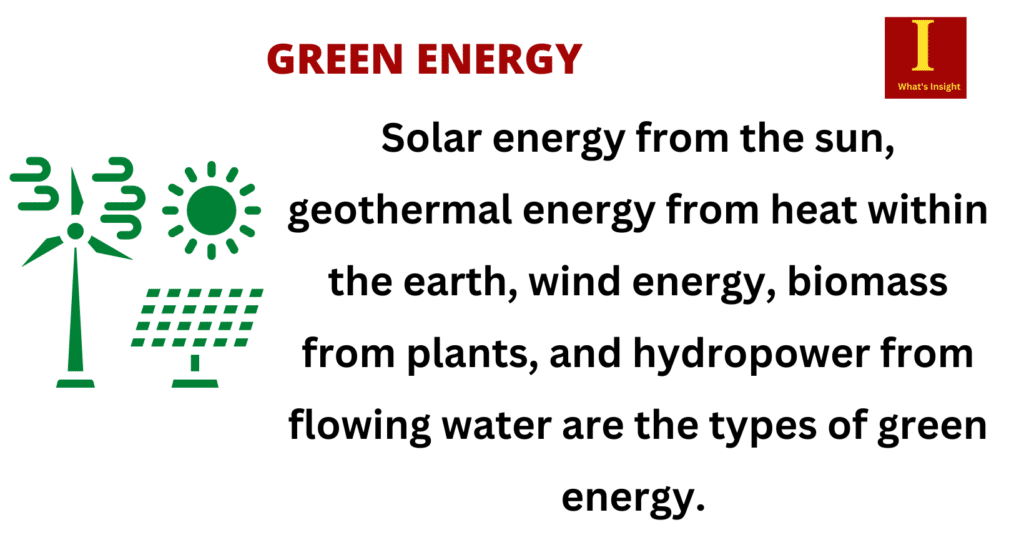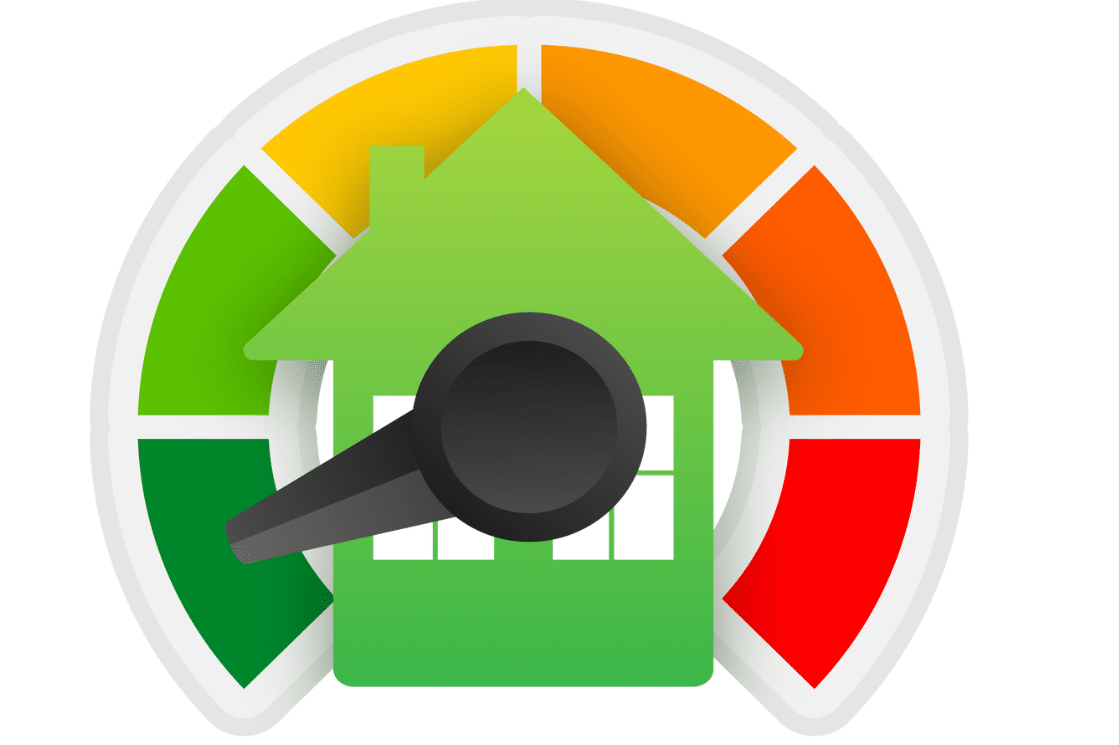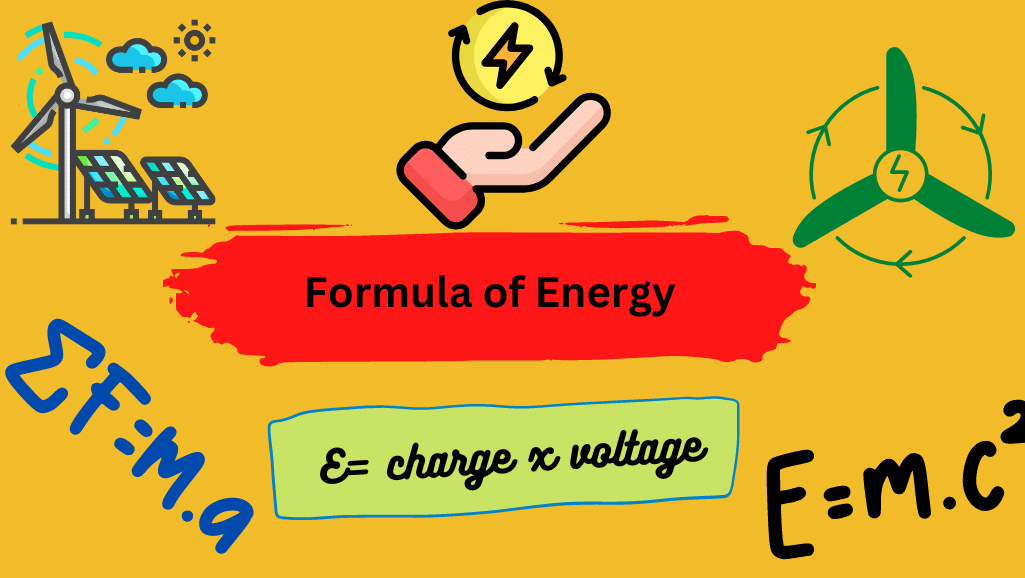Green energy is defined as energy derived from renewable sources. Solar energy from the sun, geothermal energy from heat within the earth, wind energy, biomass from plants, and hydropower from flowing water are the primary renewable energy sources.

Green energy got its name because its production emits no toxic greenhouse gases into the atmosphere, resulting in little or no environmental impact. The colour green is frequently associated with health, nature, and sustainability. Green energy is also known as clean, sustainable, or renewable energy.
Table of Contents
Benefits of Green Energy
- Sustainable Energy: Green energy sources such as wind and solar power are far more sustainable than fossil fuels. They offset oxide, nitrogen dioxide, and sulphur dioxide emissions, resulting in significant health benefits.
- Depletion: Green energy is energy derived from renewable sources such as the sun and wind that are never depleted.
- Carbon footprint: Green energy emits far less carbon footprint than coal and other fossil fuels. Switching to renewable energy sources can help the environment by slowing the rate of climate change.
- Cost: Renewable energy resources are less expensive than other fossil fuels.
- Efficiency: In general, renewable energy is more efficient than nonrenewable energy. Wind, sun, and hydro turbine energy can be reused without relying on an exhaustible or finite element.
What is Green Energy in simple terms?
Green energy (renewable energy) is derived from sources that are replenished as quickly as they are depleted. Examples include solar energy, wind energy, moving water, and plants such as pine forests, which provide firewood. This energy is used to power generators that generate electricity. Furthermore, many of these resources do not emit greenhouse gases directly into the atmosphere. The sun provides nearly all of the energy on Earth. Not only can we harness solar power for electricity, but the sun also drives ocean currents, winds, and plants.
Green Energy vs. Fossil Fuels Energy
| Green energy | Fossil fuels Energy | |
| Definition | Green energy is energy derived from natural sources that are replenished faster than it is consumed. Sunlight and wind are two examples of such constantly replenishing sources. | Energy from fossil fuels is derived from petroleum (oil), coal, and natural gas. Fossil fuels are the remains of organisms that lived a long time ago. Organisms are plants, animals, and other living things. |
| Depletion | Green energy is energy derived from natural sources that are replenished at a faster rate than they are consumed. | Fossil fuels are a finite resource, and their continued use will make them unavailable to future generations. |
| Carbon footprint | Green energy produces less CO2 than fossil fuels. Renewables, such as solar and wind power, emit no CO2 aside from construction and maintenance. | Fossil fuels like coal, oil, and gas account for more than 75% of global greenhouse gas emissions and nearly 90% of total carbon dioxide emissions. |
| Cost | New onshore wind costs approximately $46 per megawatt-hour, while large-scale solar plants cost approximately $45 per megawatt-hour [Reference]. | new coal-fired plants cost $74 per MWh, while gas plants are $81 per MWh. |
| Efficiency |
Types of Green Energy
Wind Energy
Wind turbines of modern technology use the wind to power blades that turn generators that generate electricity. Wind power is viewed as a “green energy” technology because it emits no pollution into the atmosphere. However, wind farms require a large number of wind turbines to be efficient, opponents complain about the noise, some people think they are an eyesore, and there are concerns that large wind turbines may endanger wild bird populations.
Solar Energy
Bioenergy
Bioenergy is the process of converting biomass into a form of energy such as heat, light, electrical power, or transportation fuel. Bioenergy is used when, for example, wood is burned in a fire. Wood, plants, and even bacteria have been used as natural energy sources.
Bioenergy has gained a lot of attention in recent years as people look for alternatives such as using sawmill byproducts, reusing cooking oils, and planting fast-growing plants that can be converted into usable fuel. Although these resources are renewable, they emit greenhouse gases.
Hydroelectric Energy
Summary
- Green energy is derived from renewable sources and its production emits no toxic gases into the atmosphere.
- The process of converting biomass into energy such as heat, light, electrical power, or transportation fuel is known as bioenergy.
Frequently Asked Questions
1 Why solar energy is renewable energy?
The sun is the ultimate source of solar energy, and it will not run out anytime soon, unlike fossil fuels. Our ability to convert solar power into electricity in an efficient and cost-effective manner is the only limitation of solar power as a renewable energy source.
2 Why wind energy is renewable energy?
Wind energy is a clean and renewable source of energy.
The wind is not only an abundant and inexhaustible resource, but it also generates electricity without using any fuel or polluting the environment. Wind continues to be the most important renewable energy source in the modern world helping to reduce our reliance on fossil fuels.
3 How bioenergy is green energy?
Bioenergy is considered renewable because its source is infinite, as plants obtain their energy from the sun through photosynthesis, which can be replenished. Biomass fuels are made from organic materials like harvest residues, specially grown crops, and organic waste from our homes, businesses, and farms.
More Energy Links
- BCl3 Lewis Structure in four simple steps - November 1, 2023
- PH3 Lewis Structure in four simple steps - October 8, 2023
- PF3 Lewis structure in four simple steps - September 24, 2023



